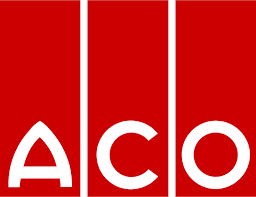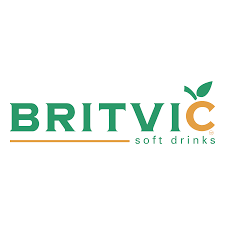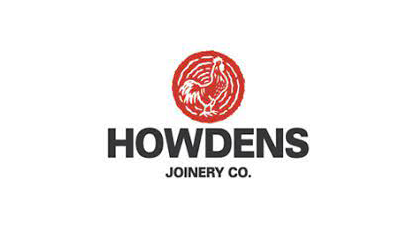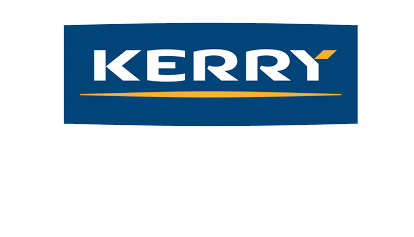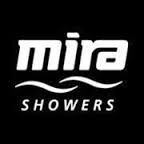
- Details
- Category: Blog
Every year we learn more about the work we do which helps us to do the job better. Harnessing that collective learning process by locking in the gains is what drives performance improvement.
Without it as people move on, roles change and new recruits join, the lessons learned in the past are lost.
Why is this so important.
Around 50% of recurring problems are caused by poorly designed work routines, knowledge and skill gaps. Another 35% are due to weak or missing equipment standards. That is the equivalent of driving a car without any idea of how much petrol there is in the tank. You know its going to stop sometime but the pressure is on to keep going.
When the inevitable happens and you run out of fuel, unless steps are taken to lock in the lessons learned, the same situation will happen again.
Locking in the gains: The right process will produce the right results
Get the work process right and it will make problems visible. With the right accountabilities and a learning mindset in place, the weaknesses will be worked on until they are resolved.
When a problem is solved, reflect on why the work process allowed the problem to happen. Take actions to lock in the gains made by investing time to:
- Simplify critical and complex processes so that they are easy to do right, difficult to do wrong and simple to learn.
- Standardise core tasks to improve workforce flexibility and use of skills.
- Make normal conditions visible at a glance to improve early problem detection
That is underpinned by the development of effective shop floor processes and Front Line Leader skill skills to engage front line teams with practical actions to create:
- A Plan for Every Asset (PFEA) to support the continuous update of working methods, standard practices and learning plans so that changes are controlled and work standards are maintained.
- A Standardisation process covering Learning plans and pathways to structure the building blocks of capability development, employee engagement and high performance teamwork.
- Local Area performance management processes that drive improvement in work practices, standards and skills as part of the day to day routine.
- A Focussed Improvement glide path and tactics to systematically raise effectiveness
Solving problems drives organisational learning
The synergy between improvement and learning is clear. The improvement process involves learning about cause and effect, sharing information and learning what works. Improvement is a driver for learning about what causes problems and how to eliminate them.
Working with colleagues on problem areas provides the creative pressure to get closer to what is happening, gain insight and resolve those problems. Not only that but do the well and it creates a 4 -6 times return on the time invested. That means payback in months if not weeks.
Find out more
Below are three blog articles on related topics.
Getting the basics right
An overview of best practices used by industry leaders.
Create the conditions for learning
Adults learn fastest through practical projects. How to use quarterly workplace learning cycles to deliver practical improvement results and develop internal capabilities.
Workplace learning
Correctly designed, workplace learning programmes a way to facilitate learning and engagement.
How DAK Academy can help
Find out more about our support programme for actions to lock in in the gains and scale up capacity.

